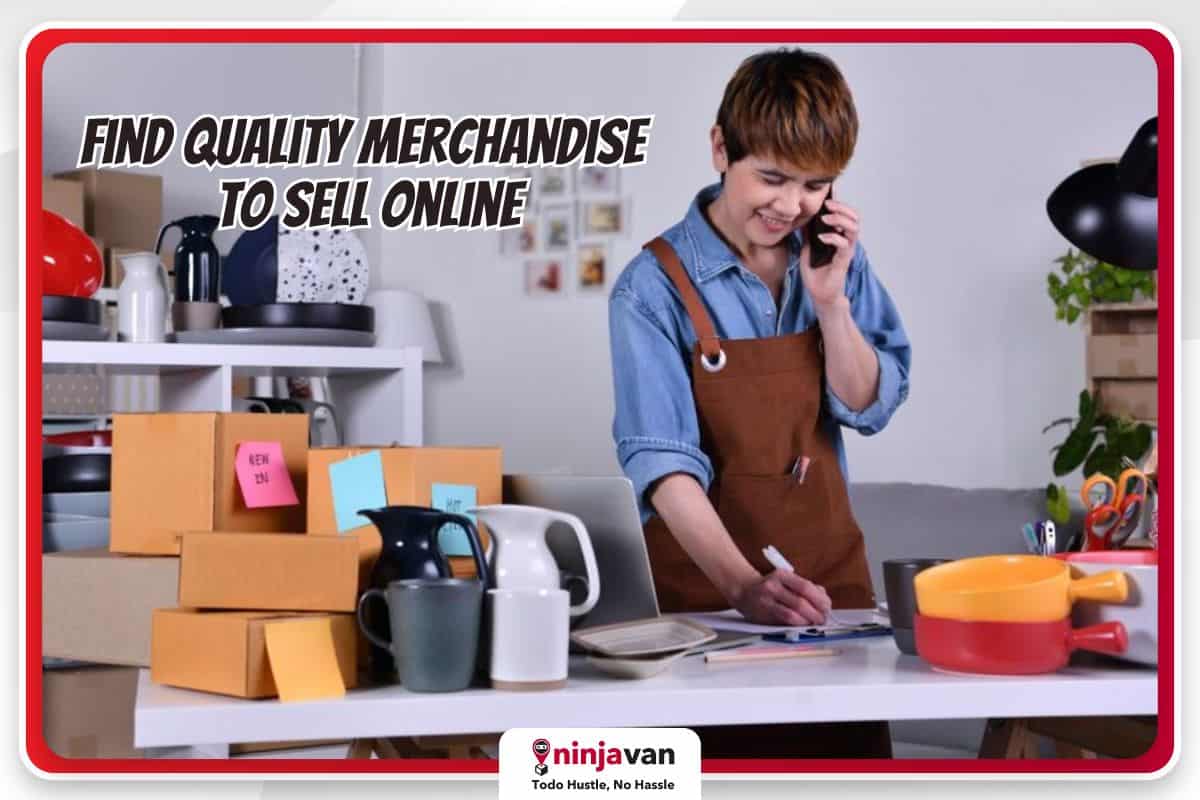Many online stores are actually a merchandising business. When asked about their product categories, they’ll usually say “general merchandise”, because they may sell different types of products.
If you’re thinking of starting one, here are some things you need to know.
What is merchandising business?
A merchandising business is one that buys finished products from manufacturers or wholesalers and sells them to customers. It’s basically buying and selling goods, often adding value through marketing, branding and retailing.
There are two primary types of merchandising businesses:
Retail Merchandising
These businesses sell products directly to consumers through various channels such as physical stores, online platforms catalogs, or other means. They manage inventory, set prices, and often engage in promotional activities to attract customers.
Wholesale merchandising
Wholesale businesses buy goods in bulk from the manufacturers and sell them in large quantities to retailers or other businesses. They typically operate as middle men between manufacturers and retailers, facilitating the distribution process.
Both types of merchandising businesses involve aspects like inventory management, sales forecasting, pricing strategies, marketing and customer service to ensure a steady flow of products and a profitable operation.
How to start a merchandising business and be successful at it?
You might think: Buy and sell? Chicken! Madali lang yan!

But to make your business successful and profitable for a long time is not easy. You have a lot of competition online that can offer cheaper items similar to yours. So what you need is careful planning sa umpisa pa lang.
Starting a merchandising business involves several steps. Here’s a general outline of what you need to consider.
1. Do research and planning
Identify your target market, understand consumer needs, and analyze competitors.
Then create a comprehensive plan outlining your business goals, target audience, products, suppliers, marketing strategy and financial projections.
Starting your merchandising business without any plan may give you profit at the beginning, but you may find it hard to sustain that profit in the long run.
2. Define your product line and suppliers
Decide what products you want to sell. Consider factors like market demand, competition, and profitability.
Next is to find your suppliers. Establish relationships only with reliable suppliers. This could involve direct relationships with manufacturers or wholesalers.
#NinjaTip: There’s a stress-free way to import products from China to the Philippines for your merchandising business. Ninja Direct will take care of everything for you — from finding suppliers to flexible payment, and cross-border fulfillment. Learn about Ninja Direct now!
3. Develop pricing strategies
Determine your pricing based on cost, market trends, and perceived value. It’s also important to check your competitor’s pricing and find a middle ground between too cheap and too expensive.
If your products are more expensive than that of your competitors, make sure to highlight the added values and why your product is better.
4. Set up your operations
Arrange for storage, logistics and inventory management. This step also involves renting a retail space or setting up an online store. Another option is going for a dropshipping model.
If you choose to keep your own inventory, you can outsource your warehousing and fulfillment to a 3PL (third-party logistics) to save on costs and ensure fast delivery of your orders to customers.
Learn How Ninja Van Can Boost Your ECommerce Fulfillment — from storage to shipping.
5. Plan your marketing and branding
Develop a brand identity that resonates with your target audience. Then create your marketing strategies to promote your products. This will definitely include social media marketing and SEO (search engine optimization).

If you have the budget for it, creating an ecommerce website and doing influencer collaborations will give you a wider customer reach.
Here are Ecommerce SEO Best Practices You Need to Know.
6. Manage your finances
Learn to manage your finances by setting your operational budget, tracking your expenses and forecasting your revenue.
If you plan to expand in the future, determine how you’ll finance your expansion — self-funding, getting loans, inviting investors, etc.
7. Provide good customer service
Provide excellent customer service to build loyalty and gain repeat customers. Part of this is collecting and analyzing your customers’ feedback to improve your products and services.

Your loyal customers will eventually become your brand ambassadors and will recommend you to their family and friends.
Build your merchandising business with Ninja Direct
Running a successful merchandising business requires dedication, perseverance and adaptability. It’s crucial to stay flexible and willing to adjust your strategies based on market feedback and changing trends.
And for your product sourcing and procurement needs, partner with Ninja Direct so you ensure getting reliable suppliers and high-quality products from China (or other SEA countries).

procure products for your online business.
Ninja Direct gives you these conveniences:
- Single touchpoint – procure, pay, and ship all in one place.
- Competitive pricing – our extensive network of suppliers allows us to offer flexible financing options and payment terms.
- Secured overseas payments – order from abroad and pay in local PH currency via our secure payment portals.
Import your products now without stress and grow your business fast!
More useful tips for your merchandising business:
What is Ecommerce API Integration and Why Do You Need It?
Ninja Van’s Exciting Shipper Rewards Program, Rebates and Perks
The Benefits of Postpaid Shipping for E-commerce






